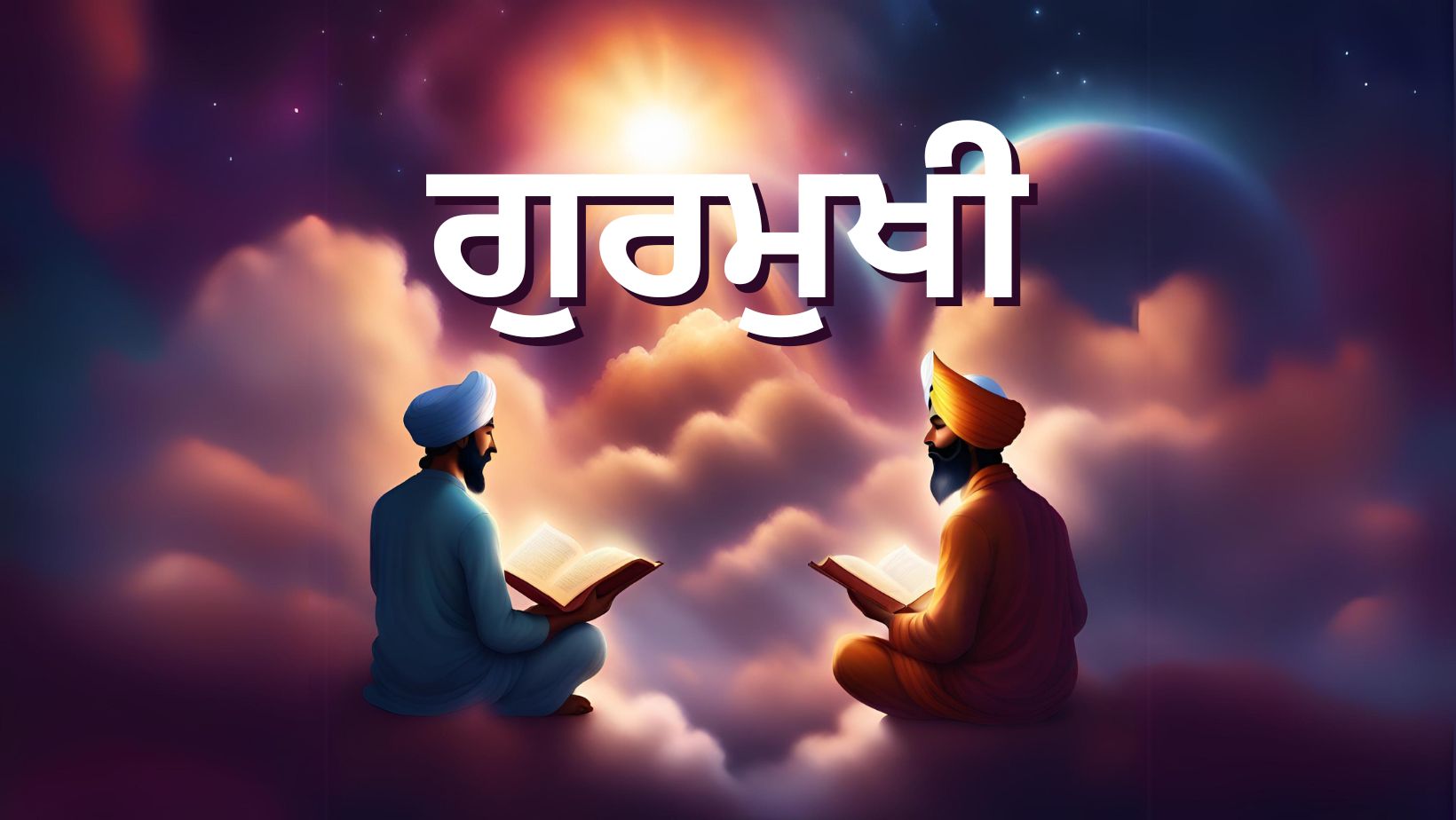Physical Address
304 North Cardinal St.
Dorchester Center, MA 02124
Physical Address
304 North Cardinal St.
Dorchester Center, MA 02124


The Punjabi language is a vibrant and expressive medium of communication that has been the heartbeat of Punjab for centuries. As one of the most widely spoken languages in South Asia, Punjabi boasts a rich history and cultural significance that extends far beyond its geographical origins.
Punjabi’s origins can be traced back to ancient times, making it one of the oldest languages in the Indian subcontinent. The language has evolved from the Indo-Aryan family of languages, which includes Sanskrit and Prakrit.
The ancient nature of Punjabi is evident in its grammar and vocabulary, which retain elements from its earliest forms. This historical depth gives Punjabi a unique character and richness that few other languages can match.
Learn more about the history of Indo-Aryan languages
One cannot discuss the Punjabi language without acknowledging its intrinsic connection to Sikhism. The relationship between Punjabi and Sikhism is profound and multifaceted.
The use of Punjabi in Sikh religious practices has elevated the language to a sacred status among its speakers. It has become not just a means of communication but also a vessel for spiritual expression and devotion.
The Sikh Gurus have had a profound impact on the development and preservation of the Punjabi language. Their teachings and writings have shaped the language in numerous ways.
The Gurus’ use of Punjabi in their teachings helped to standardize the language and expand its vocabulary, particularly in the realms of philosophy and spirituality.
Today, Punjabi continues to thrive as a living language, adapting to the needs of its speakers in the modern world.
Punjabi has successfully transitioned into the digital age:
Explore Punjabi language learning resources
The term “prakritik” refers to the natural or vernacular form of a language. Punjabi’s prakritik nature is one of its defining characteristics, making it a language deeply rooted in the everyday lives of its speakers.
The prakritik nature of Punjabi gives it a unique expressive power:
This natural quality of Punjabi has contributed to its enduring popularity and its ability to evolve with changing times.
Despite its rich heritage and widespread use, the Punjabi language faces challenges in the modern world. Efforts to preserve and promote Punjabi are crucial for its continued vitality.
Support Punjabi language preservation efforts
The Punjabi language stands as a testament to the rich cultural heritage of Punjab and its people. From its ancient roots to its modern global presence, Punjabi continues to evolve while maintaining its unique character. As we look to the future, it is essential to recognize the value of this prakritik language and work towards its preservation and promotion. Whether you’re a native speaker, a learner, or simply an admirer of linguistic diversity, the Punjabi language offers a window into a vibrant culture and a fascinating history.